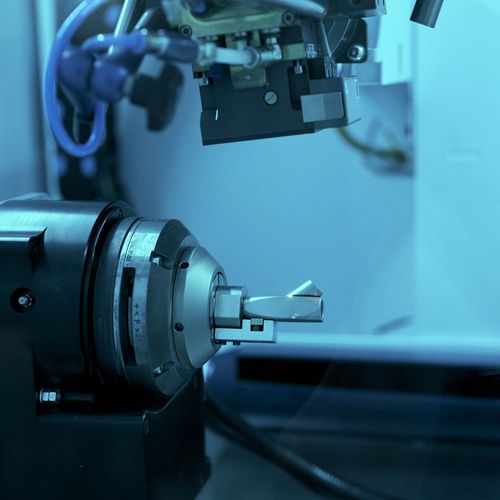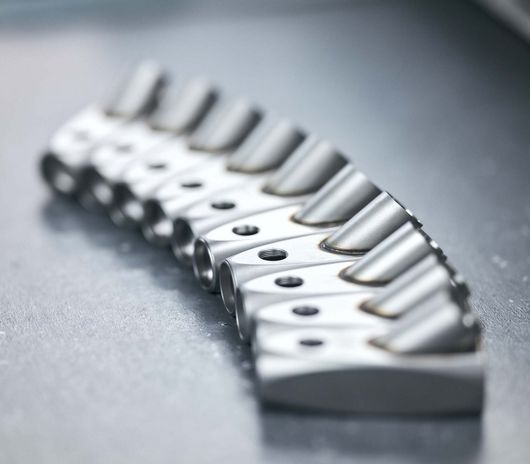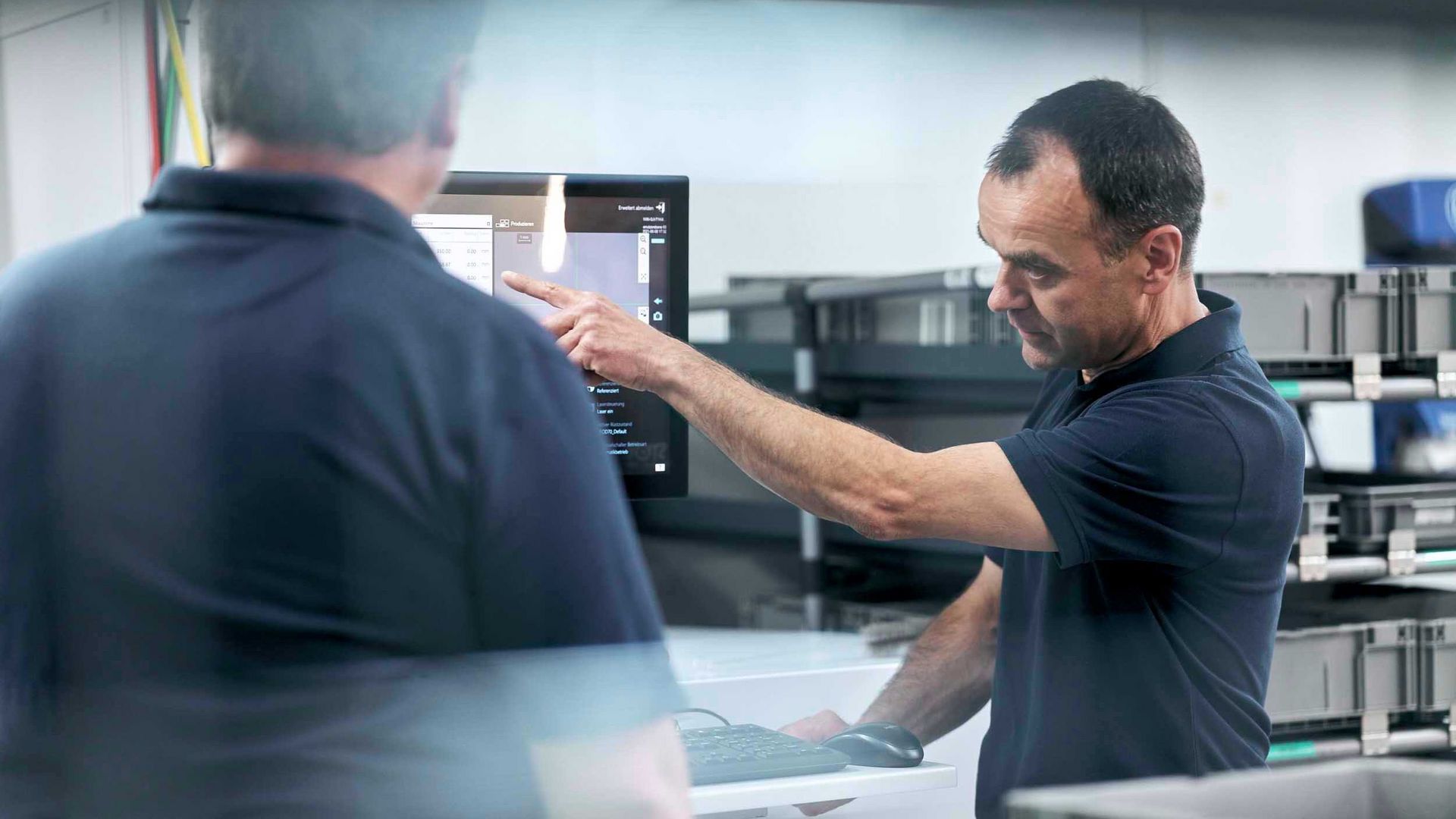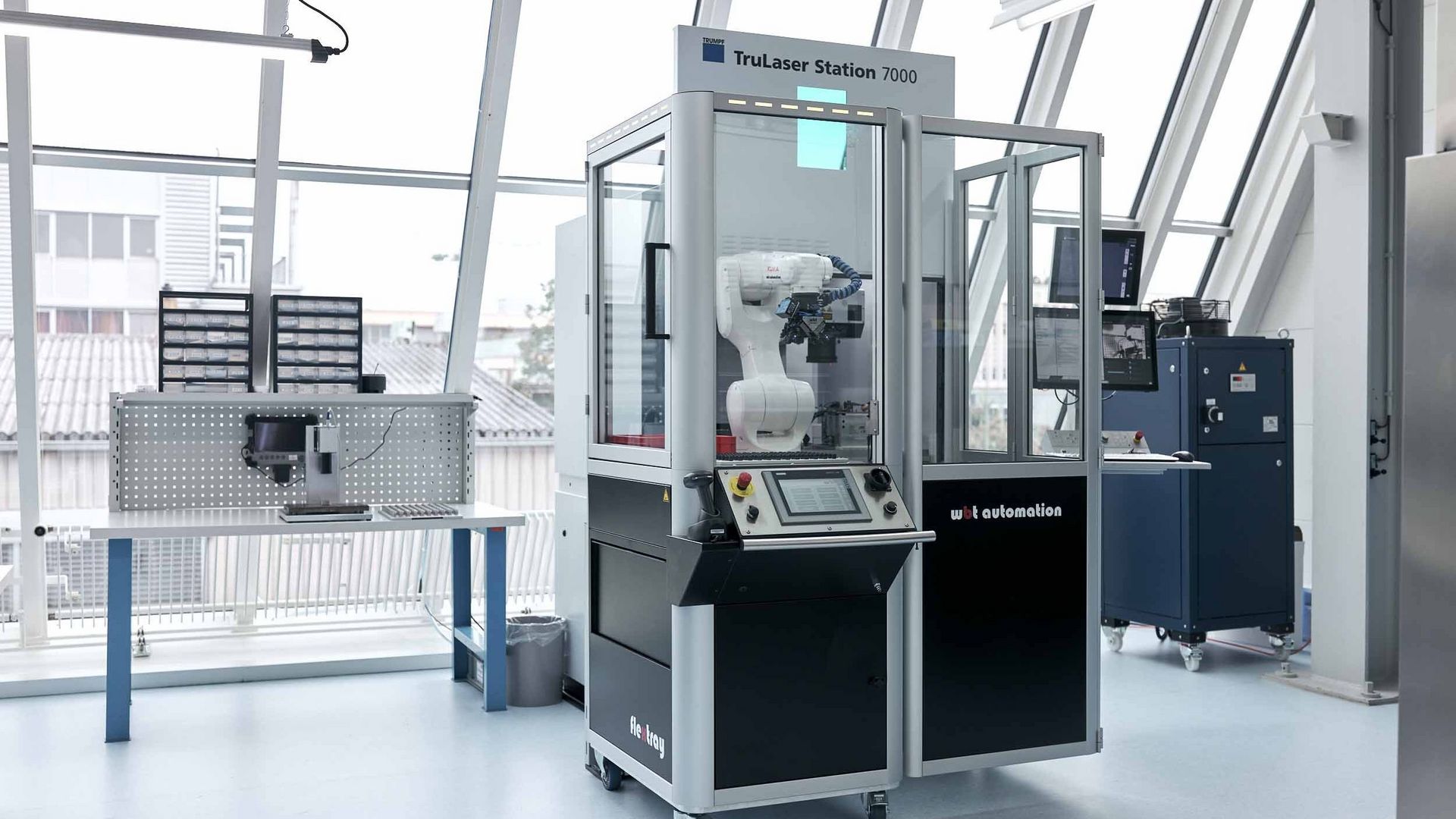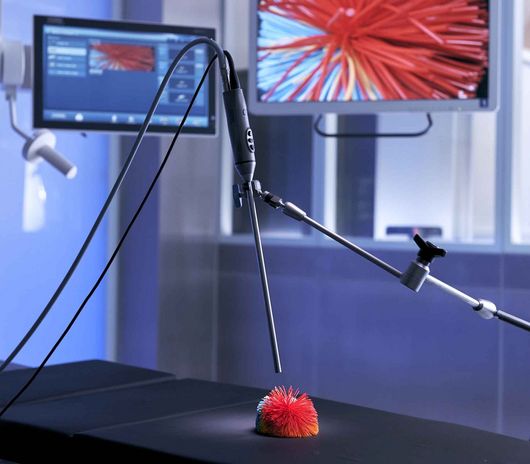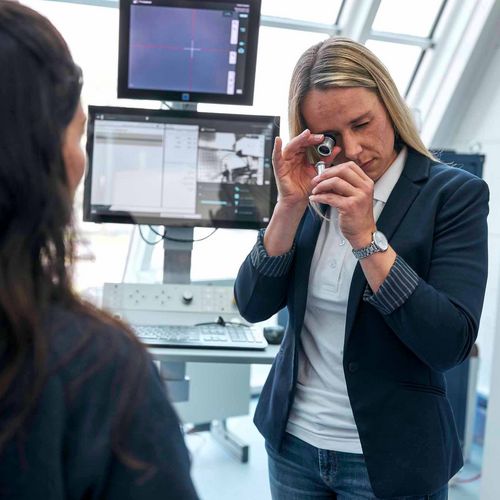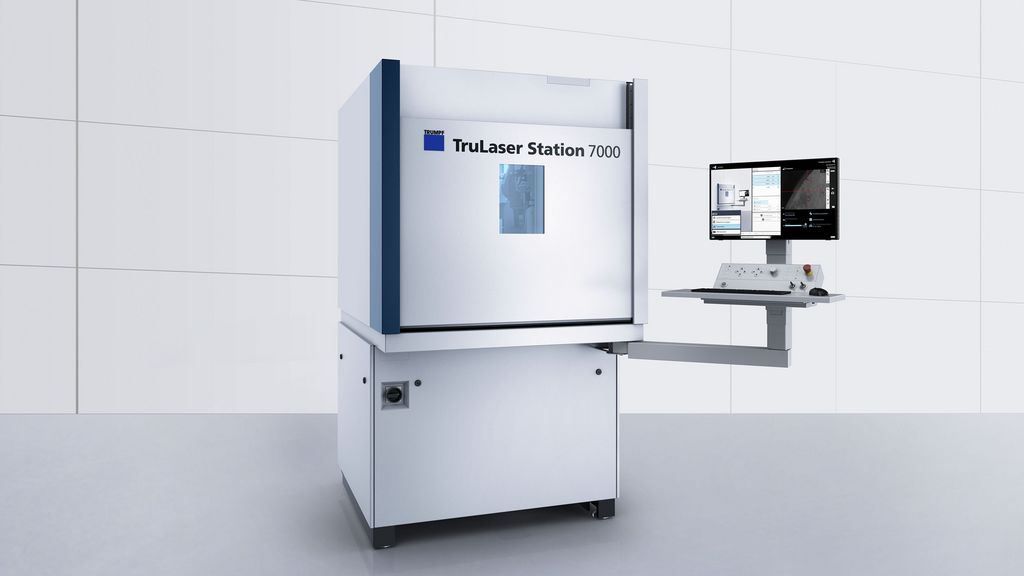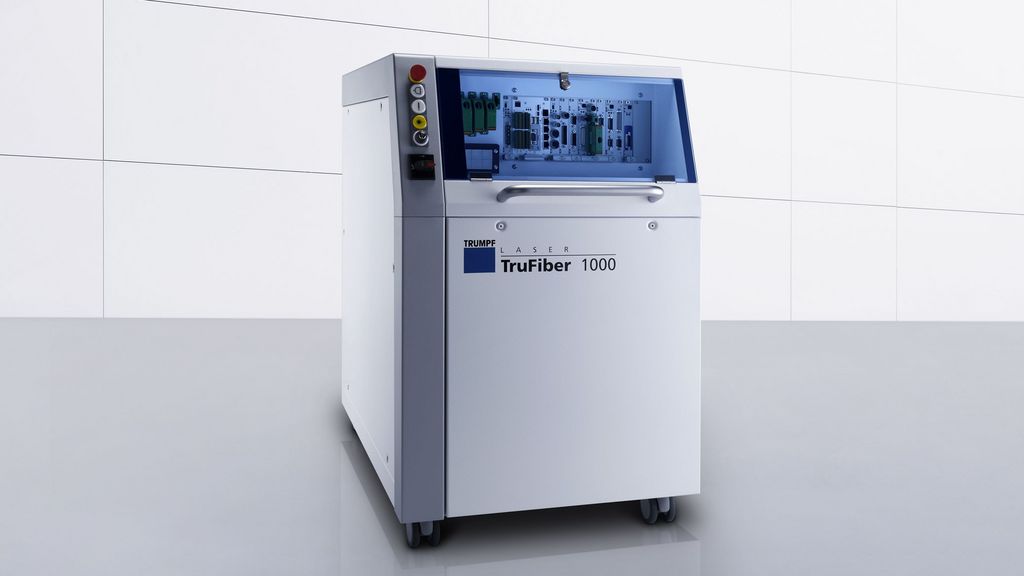Challenges
Filigree – this is the best word to describe the thin stainless steel components for the endoscopes from Karl Storz. Manual tasks such as manual welding at 16-times magnification are order of the day. Often, precision work like this can only be carried out by human hand. And the multitude of variants also complicates machine or even automated production. At the same time, there is a real lack of skilled professionals. Storz is taking countermeasures with its own apprenticeship program. However, the company wants to employ the highly trained employees in line with their abilities, and not for monotonous machine loading and unloading. Wolfgang Karl is the expert for all laser welding, laser cutting and laser marking processes at the headquarters in Tuttlingen. He says, “We will continue to have many manual tasks; however, at the same time we are investigating where it would be beneficial to implement machine processing and automation.”




